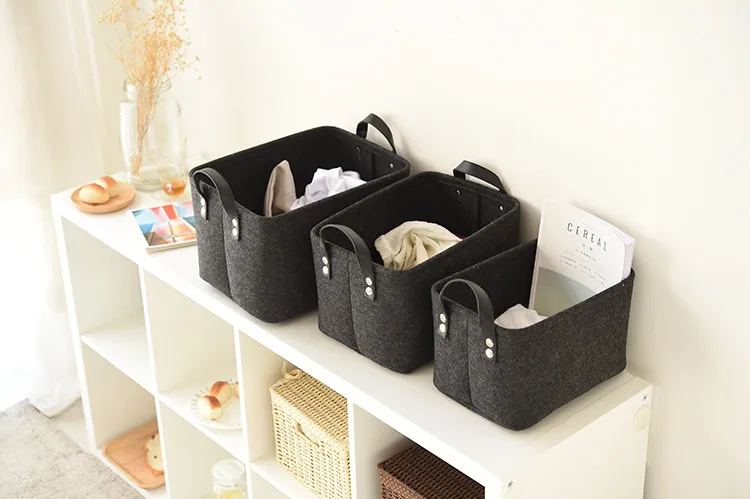Durable Fabric Solutions for Home and Construction Projects
Understanding Construction Felt Fabric A Versatile Building Material
Construction felt fabric, often simply referred to as felt, is a critical material in the building and construction industry, known for its durability, insulation properties, and versatility. Made primarily from synthetic fibers, wool, or paper, felt is widely utilized in various construction applications, from roofing to insulation. This article will explore the different types of construction felt, its uses, benefits, and environmental impact.
Types of Construction Felt
There are two main types of construction felt fabric organic and inorganic. Organic felt is typically made from recycled paper products and is often used in roofing applications, particularly as an underlayment that acts as a moisture barrier. In contrast, inorganic felt is made from fiberglass or synthetic materials, offering enhanced durability and resistance to moisture, making it an excellent choice for various construction projects.
One common specification of construction felt is felt paper. This type comes in various weights, usually measured in pounds per square hundred feet (e.g., 15 lb, 30 lb). The weight indicates the thickness and sturdiness of the felt; for instance, 30 lb felt provides better protection against weather elements and is more suited for areas with higher exposure to the elements.
Applications of Construction Felt
Construction felt fabric is utilized across multiple sectors in the industry. One of the primary applications is in roofing systems, where it is laid beneath shingles or tiles to prevent water infiltration. This underlayment helps in protecting the roof deck from moisture damage, promoting a longer lifespan for the entire roofing structure.
Additionally, construction felt is often applied in flooring installations as a moisture barrier. It is commonly used under hardwood and laminate flooring, providing a protective layer that prevents moisture from penetrating the wood, which could lead to warping or mildew growth.
Felt is also employed in sound insulation scenarios due to its ability to absorb sound. This characteristic makes it a popular choice in multi-family dwellings, studios, and other noise-sensitive environments where sound transmission needs to be minimized.
construction felt fabric

Benefits of Construction Felt Fabric
The benefits of using construction felt fabric are numerous. One of the primary advantages is its water-resistant property. As a moisture barrier, it protects the structures from water damage, thereby prolonging their durability and reducing maintenance costs.
Moreover, felt fabric is lightweight and easy to handle, allowing for straightforward installation. This ease of use helps reduce labor costs on construction sites. Its ability to conform to different surfaces adds to its versatility, making it suitable for various applications across different construction projects.
Another advantage is that many types of felt are made from recycled materials, contributing to sustainable building practices. By choosing construction felt made from recycled products, builders can minimize waste and support the recycling industry.
Environmental Considerations
While construction felt fabric has many benefits, it is essential to consider its environmental impact. Traditional felts made from wood or paper can contribute to deforestation if not sourced sustainably. Therefore, using felt made from recycled materials can significantly reduce this environmental footprint.
Additionally, synthetic felt fabrics, while durable and effective, may not decompose as easily as natural fibers, leading to concerns about landfill waste. However, advancements in manufacturing processes and recycling initiatives are gradually addressing these issues, emphasizing the importance of responsible sourcing and production.
Conclusion
In conclusion, construction felt fabric is a multifaceted material that plays a crucial role in the building and construction industry. Its applications in roofing, flooring, and sound insulation highlight its versatility and effectiveness. Moreover, its benefits, including moisture resistance and ease of installation, make it a preferred choice for many construction professionals. As the industry trends toward sustainability, the development of eco-friendly felt materials will likely enhance its standing as a key resource in modern construction practices. Understanding the characteristics and applications of construction felt fabric can help builders and homeowners make informed choices, ensuring the durability and sustainability of their projects.
-
What Makes Felt a Great Choice?NewsNov.19,2024
-
Total Mixed Ration (TMR) Feed for CattleNewsNov.19,2024
-
The Ultimate Guide for Felt Polishing WheelsNewsNov.19,2024
-
Industrial Felt for Various ApplicationsNewsNov.19,2024
-
Felt Makeup Bags and Inserts BagsNewsNov.19,2024
-
Choosing the Right Hotel TowelsNewsNov.19,2024
-
Your Go-To Guide For Affordable Wholesale Wool FeltsNewsOct.31,2024







